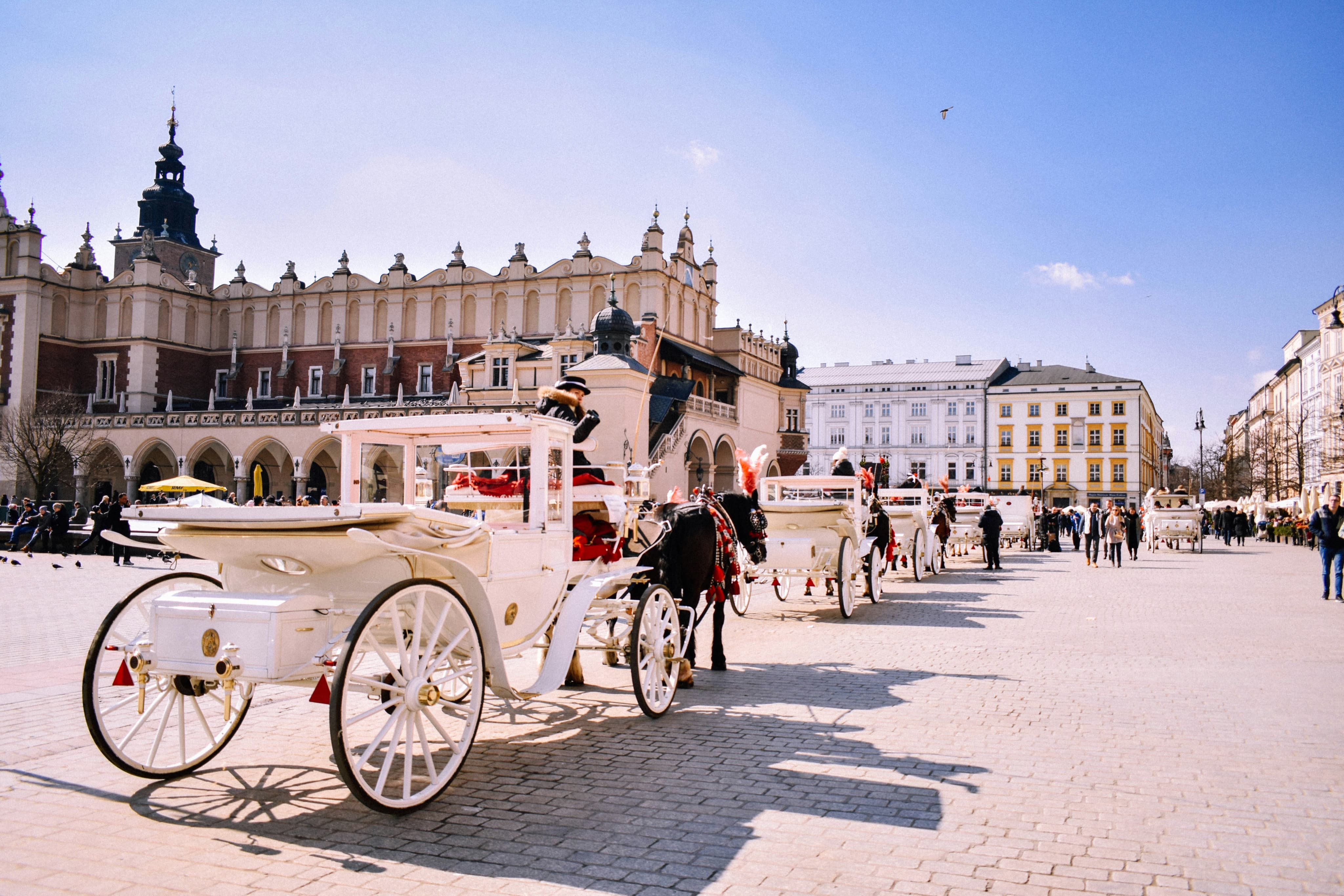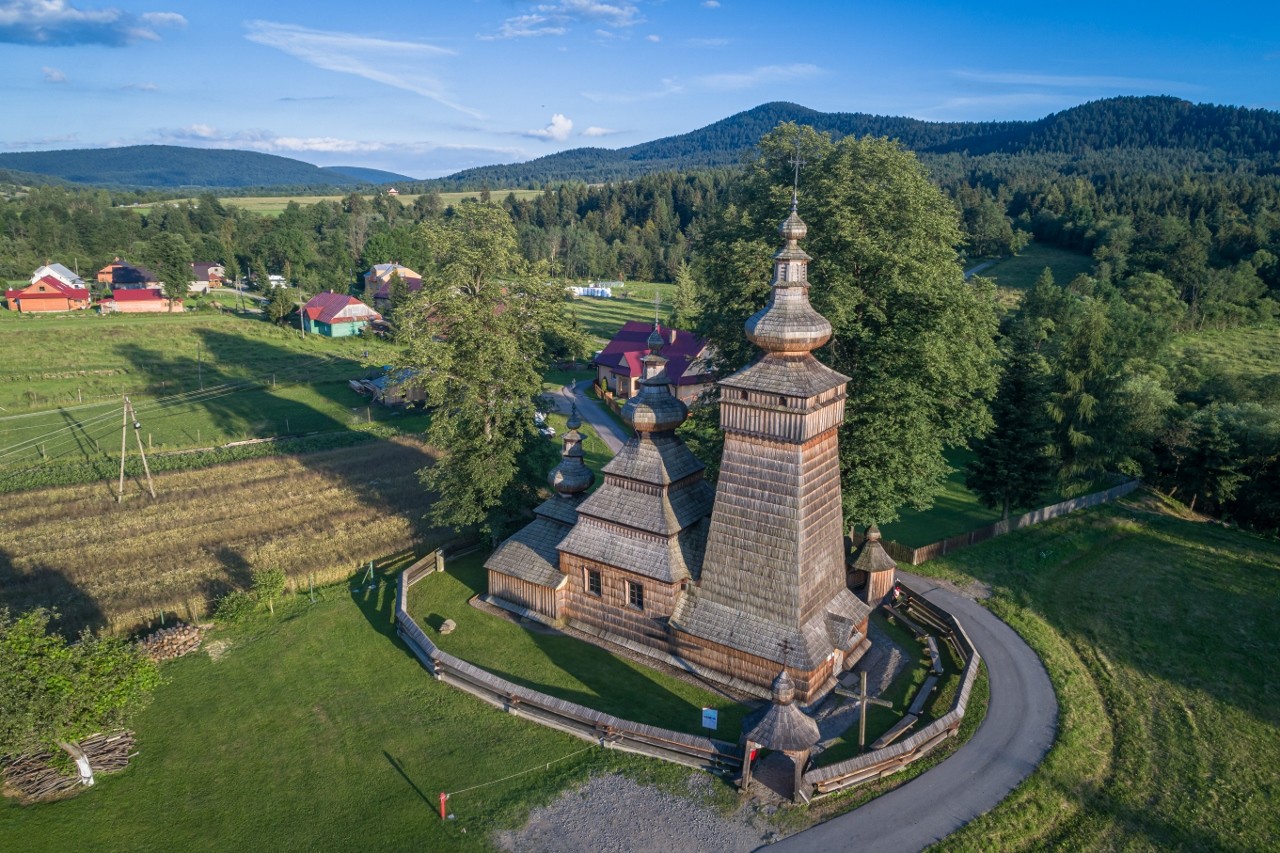Located in the Carpathian Mountains, in the southeastern corner of Poland, the Podkarpackie (Subcarpathian) voivodeship is a region of great natural beauty and a unique melting pot of cultures, offering visitors scenic landscapes, outdoor activities, cultural treasures and colourful folk traditions. For centuries Slavic ethnic groups like the Lemkos, Boykos, Pogorzans, Dolinians and others thrived in this historical borderland, contributing to the region’s rich multicultural tapestry.
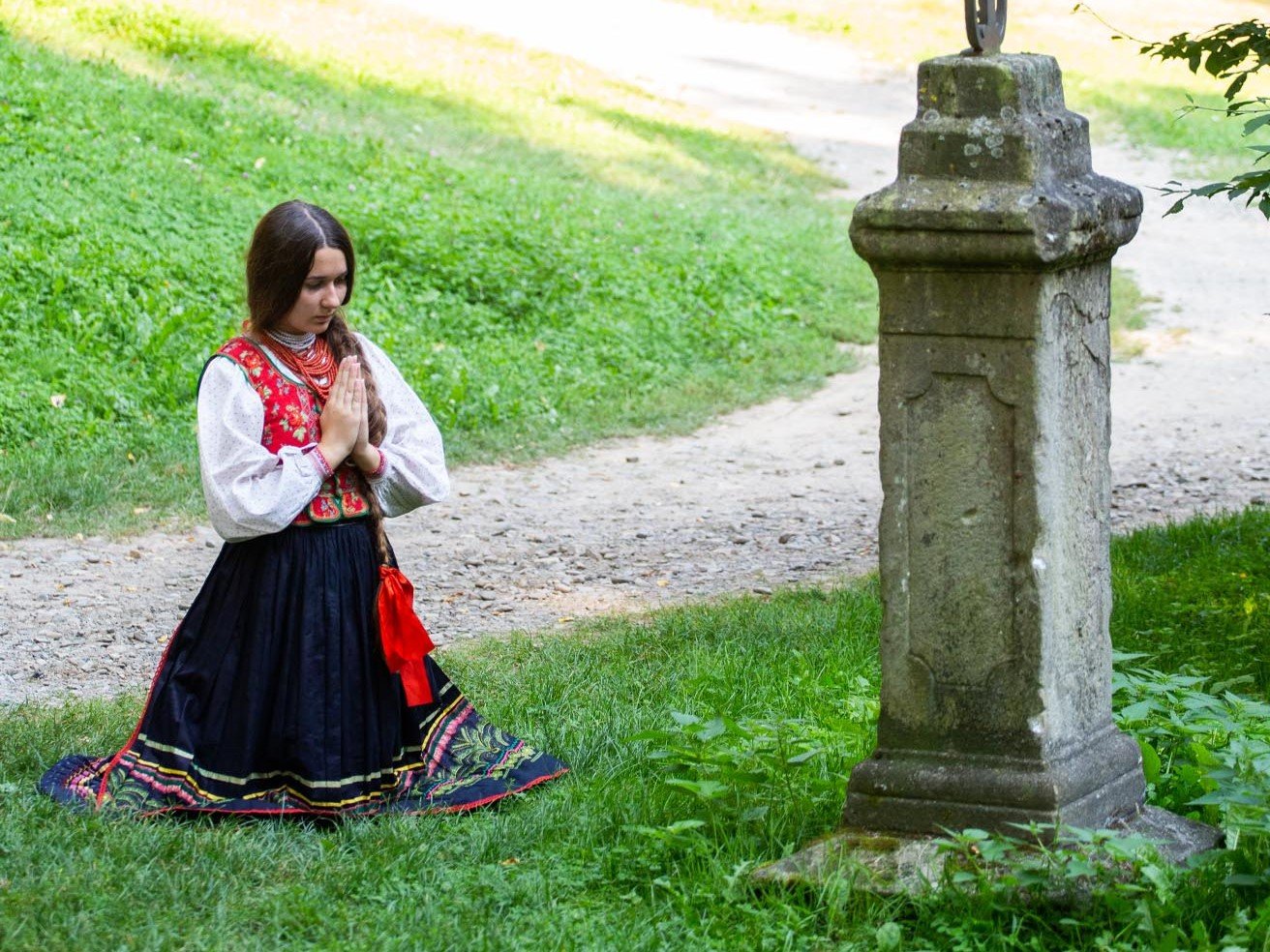
Operation Vistula & the Displacement of Podkarpackie’s Ethnic Populations
Although distinct in their craftsmanship, cuisine, music, dress and other customs, Podkarpackie’s ethnic minorities all suffered a similar 20th-century fate that has greatly diminished their presence in the province today. Following 123 years under Austro-Hungarian rule, Podkarpackie found itself at a geopolitical crossroads in the wake of World War I as Polish, Slovakian, Ukrainian and even Lemko national movements all vied for territory and sovereignty. Eventually, of course, the territory we today know as Podkarpackie became part of the Second Polish Republic, and the renewed Polish state began efforts to assimilate these ethnic groups - most of which were of Greek Catholic or Orthodox faith - into Polish Catholic society.
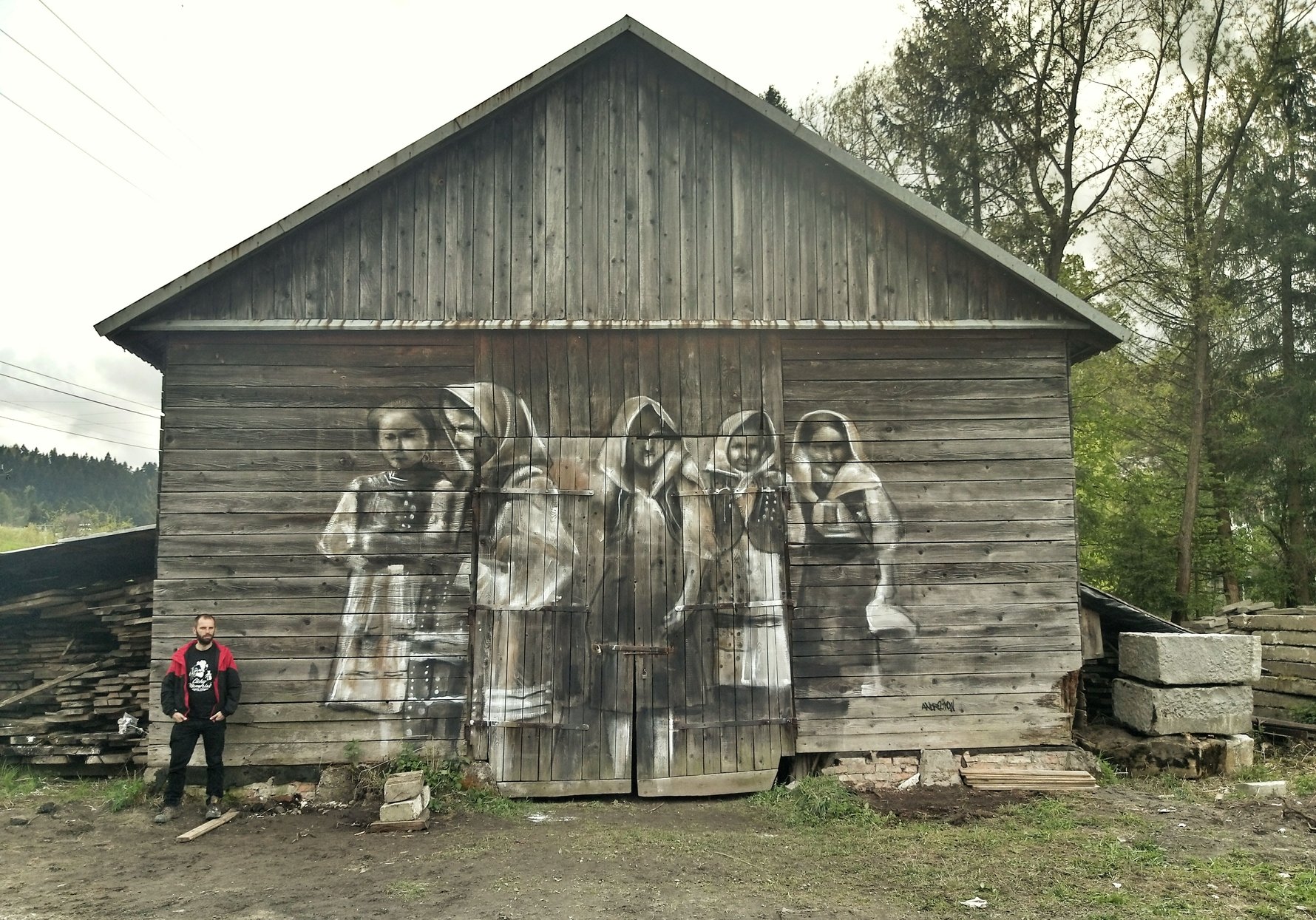
When the borders changed again after World War II, and neighbouring territories became part of Soviet Ukraine, Polish and Soviet authorities used alleged support for the Ukrainian Insurgent Army (a paramilitary group fighting for a free Ukraine) as justification for the expulsion of hundreds of thousands of people from both sides of the border. This included the forced relocation of entire ethnic populations from Podkarpackie to the formerly-German territories now in western Poland in 1947. Known as ‘Operation Vistula’ (Akcja Wisła) the controversial campaign succeeded in ending hostilities, but also resulted in accusations of ethnic cleansing. A very small percentage of those who were exiled did eventually return decades later, providing a vital lifeline to the region’s ethnic folk traditions and ensuring their preservation.
ETHNIC CULTURES OF PODKARPACKIE
The Lemkos
Forging their unique identity and culture over many centuries, the Lemkos (Łemkowie) are a Carpathian sub-ethnic group who probably settled in the areas of southeastern Poland around the 16th century, busying themselves with animal husbandry, farming, woodworking and masonry. Podkarpackie was inhabited by Lemkos for over four centuries before these communities were forcibly removed from their lands after World War II. Despite this, traces of their vibrant heritage and cultural influence can still be seen and felt across the region, particularly at their surviving homesteads and places of worship.
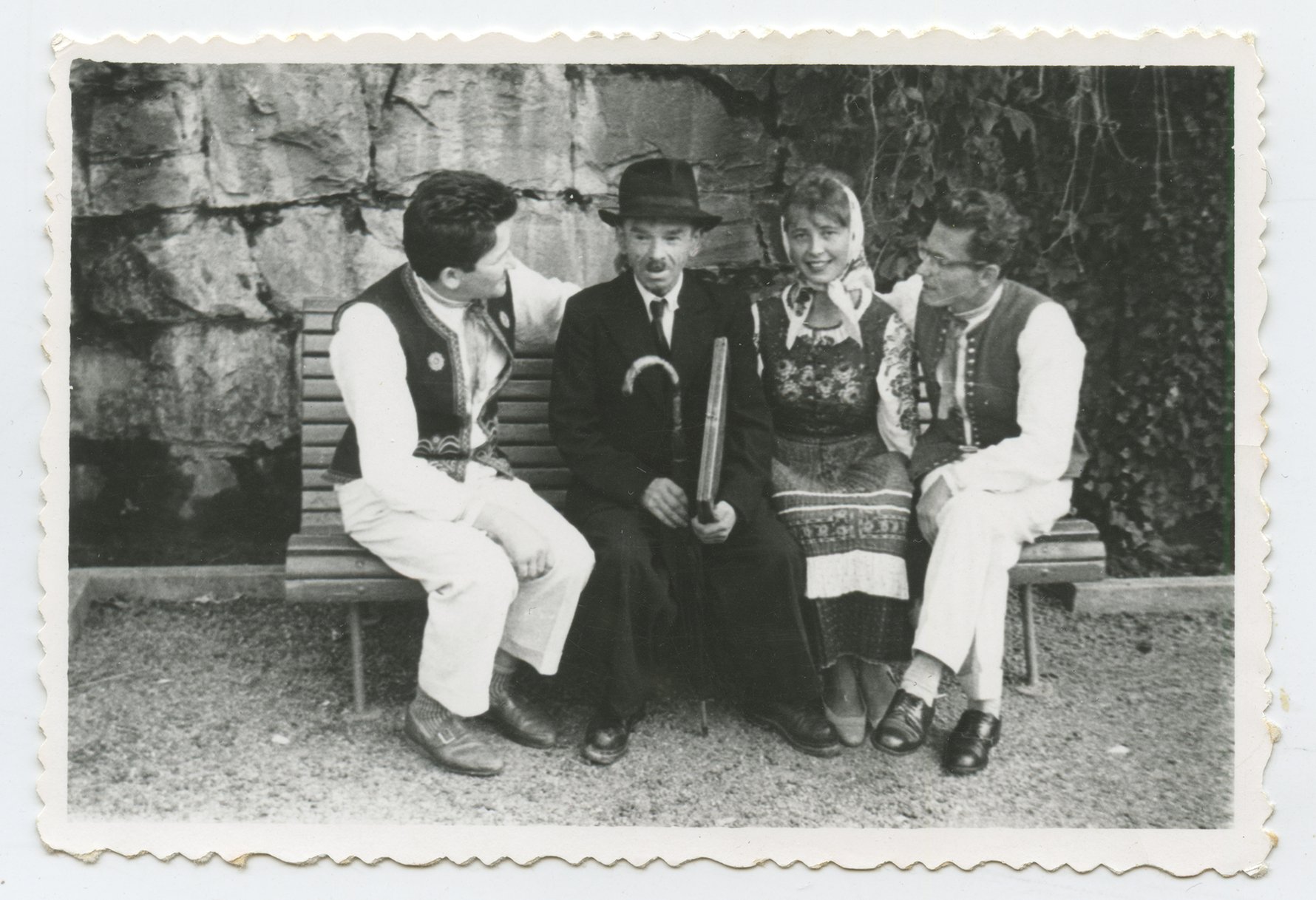
Lemko identity is rooted in their religion (predominantly Eastern Orthodox), unique language (variably described as its own Slavic language, or a dialect blurring Ukrainian, Slovakian and Polish) and cultural traditions, which are slowly being revived throughout Podkarpackie, but also Upper Silesia - the region of Poland with the next-highest Lemko population (a result of postwar resettlements). The Lemko language is increasingly taught in Polish schools, and the number of people declaring Lemko nationality is on the rise; some estimates put the number of ethnic Lemkos in Poland today as high as 60,000. In Poland, the prolific Lemko artist Nikifor is well-known for his naive paintings and drawings of Krynica-Zdrój, its Catholic and Orthodox churches, and Carpathian landscapes. People of Lemko descent who have achieved international renown include jazz pianist Bill Evans, comic book artist and Spider-Man co-creator Steve Ditko, and pop artist Andy Warhol (birth name Andrew Warhola).
Lemko Heritage Sites
The Museum of Lemko Culture in Zyndranowa is an open-air ethnographic museum (skansen) where you can see Lemko homesteads from the 1800s and easily imagine how this communities lived before World War I. Similarly, the Museum of Folk Architecture in Sanok features a small reconstructed Lemko village; the Orthodox church complex at its centre - relocated from Ropki - is one of the most valuable objects of sacred wooden architecture in Poland, and arguably the highlight of the entire museum.
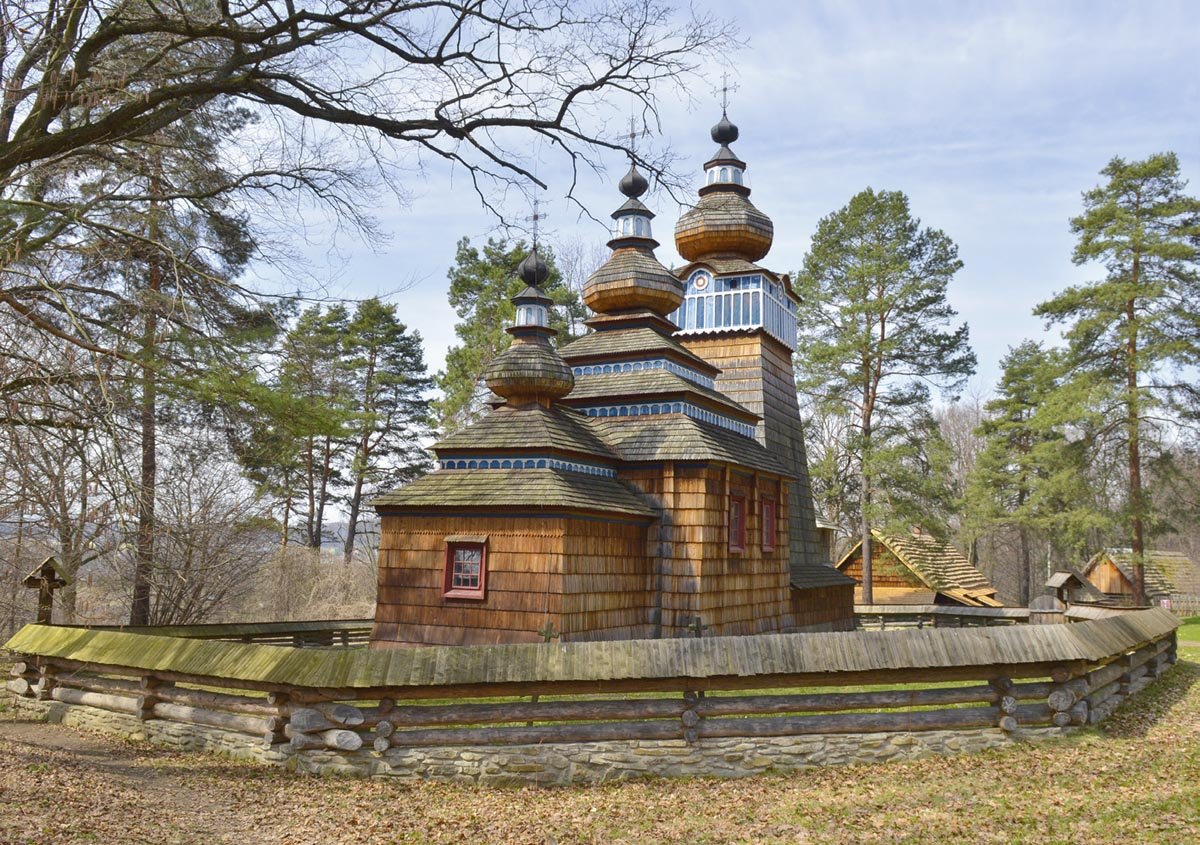
Well-preserved traditional wooden Lemko churches can also be visited throughout Małopolska, Podkarpackie and western Ukraine, with several of them inscribed on the UNESCO World Heritage List, including the Orthodox churches in Turzańsk, Powroźnik (Małopolska), Owczary (Małopolska), Kwiatoń (Małopolska) and Brunary (Małopolska). Other excellent examples can be seen in Czyrna, Komancza, Hańczowa and Zdynia, to name but a few.
Holy Mount Jawor, on the Polish-Slovakian border near the village of Wysowa-Zdrój, is an important Lemko pilgrimage site, considered sacred by Orthodox believers. It was here that repeated apparitions of Mary of Nazareth were reported in the 1920s, and a spring alleged to have healing properties sprang up at the site, attracting more pilgrims during the interwar period. A wooden Greek Catholic church was erected at the site of the apparitions in 1929, which is on the north side of the peak. Pilgrims often leave large Orthodox crosses on the hill around the spring and church, adding to its mystique.
